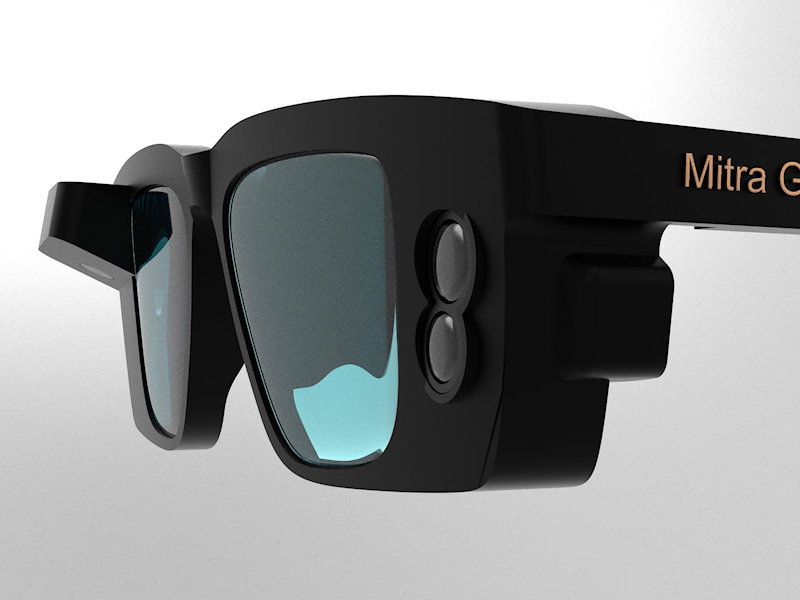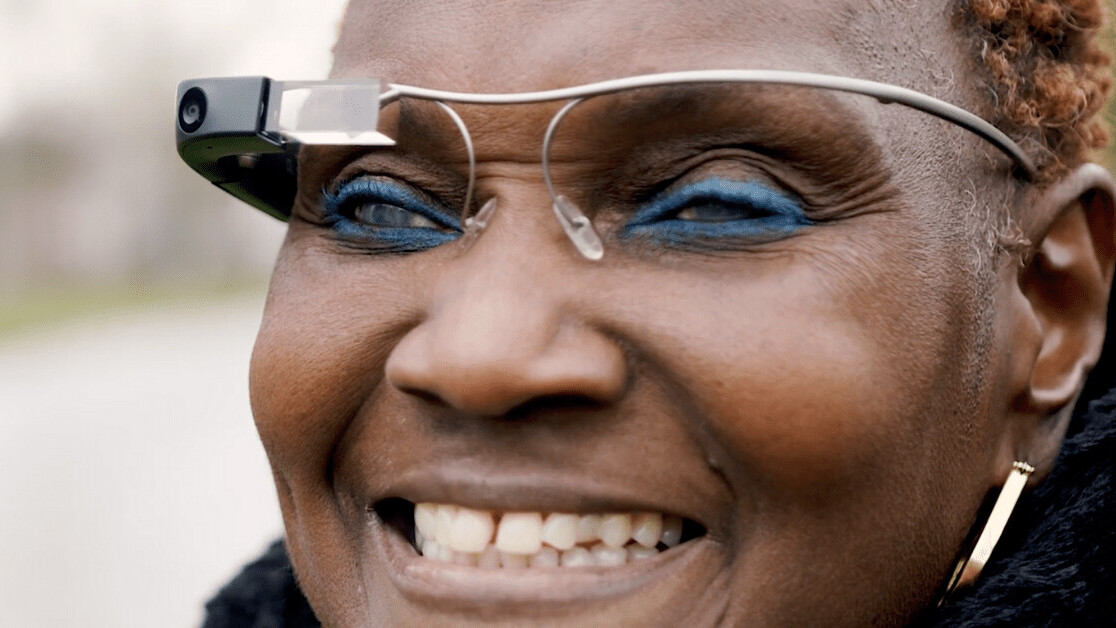Mobility Aids for Visually Impaired Users: Enhancing Independence and Navigation
Mobility Aids for Visually Impaired Users: Enhancing Independence and Navigation
Blog Article
Enhancing Availability Through Assistive Modern Technology for the Blind
The integration of assistive modern technology for the blind represents a critical innovation in availability, basically modifying exactly how people navigate their settings and engage with culture. As we check out the diverse kinds of assistive devices and their concrete impacts on daily living, it becomes crucial to take a look at just how continuous technical advancements are improving the landscape of support for the blind area.
Overview of Assistive Modern Technology
Assistive innovation describes a variety of gadgets and software program made to enhance the capacities of individuals with handicaps, consisting of those that are blind or visually impaired. This modern technology plays a vital function in promoting independence and boosting the lifestyle for customers. By giving alternative approaches for accessing info and carrying out day-to-day jobs, assistive innovation empowers people to navigate their atmospheres more efficiently.
The development and application of assistive innovation accept a range of principles aimed at cultivating availability. These principles include user-centered layout, which focuses on the demands and choices of the person, and the combination of modern technology into everyday activities. Such developments ensure that assistive devices are not just functional yet likewise intuitive and very easy to use.
Additionally, assistive innovation incorporates a varied spectrum of services, from low-tech options like magnifiers to state-of-the-art technologies such as display readers and Braille displays. The recurring development of this field is driven by the requirement to address the distinct difficulties faced by people with aesthetic disabilities (Wearable technology for low vision). As innovation continues to development, the capacity for boosting access and promoting inclusivity stays encouraging, ultimately contributing to an extra fair culture

Kinds Of Assistive Tools
Countless types of assistive tools are available to support individuals that are aesthetically damaged or blind, each designed to deal with specific requirements and obstacles. These devices can be extensively classified into 3 primary kinds: low-tech, mid-tech, and state-of-the-art services.
Low-tech gadgets include products such as magnifiers, Braille tags, and tactile maps. These are relatively easy tools that enhance the individual's ability to communicate with their environment without requiring intricate technology.
Mid-tech devices commonly include much more sophisticated attributes, such as digital magnifiers and mobile Braille note-takers. These devices can supply performances like speech outcome, enabling customers to gain access to details extra efficiently.

Effect On Daily Living
The availability of different assistive tools significantly improves the quality of life for people who are blind or visually damaged, impacting their day-to-day living in profound means. By incorporating innovations such as screen visitors, Braille displays, and audio description solutions into their regimens, individuals gain greater autonomy and independence. These devices help with accessibility to info, allowing people to execute everyday tasks, such as checking out e-mails, browsing public spaces, and enjoying media material.
Furthermore, assistive devices encourage individuals to engage even more fully in social interactions and neighborhood activities. The capability to make use of smart devices furnished with availability features enables for seamless communication and link with others. This connection fosters a sense of belonging and lowers sensations of seclusion.
In expert settings, assistive technology supports productivity by enabling individuals to complete job tasks efficiently. Devices like voice acknowledgment software and specialized magnification devices make it possible for customers to join the workforce on equal footing with their sighted peers.

Developments in Modern Technology
Recent technological advancements have considerably changed the landscape of tools available for people who are aesthetically damaged or blind. The combination of expert system (AI) and device learning has actually generated applications that boost navigation and item recognition. Smart device applications can now use AI to determine and explain environments in real-time, offering customers with useful contextual details.
In addition, improvements in haptic technology have led to the development of wise walking canes equipped with sensing units that discover barriers and supply responsive comments. This encourages customers to browse their atmosphere with enhanced confidence and freedom. Innovations in text-to-speech software program and braille display screens have actually boosted the access of electronic content, enabling for smooth communication with various media.
Wearable innovations, such as wise glasses, are also making strides in assisting aesthetic impairment. As technology continues to advance, the capacity for even more transformative tools stays on the horizon.
Future Trends and Innovations
As modern technology swiftly proceeds, the future of assistive devices for people who are blind holds enormous assurance. Developments in fabricated knowledge (AI) and device understanding are positioned to reinvent the method blind individuals interact with their atmospheres. AI-driven applications are being created to enhance object recognition, enabling users to Your Domain Name identify and navigate their surroundings with greater convenience and precision.
Furthermore, advancements in haptic comments technology are allowing the development of responsive maps and navigating help that supply real-time information via touch. These technologies not only improve mobility however also foster independence. Furthermore, wearable devices furnished with increased fact (AR) functions are arising, offering users visual details via sound descriptions, thus linking the space in between the digital and physical globes.
Moreover, the combination of clever home technology provides new possibilities for access, enabling people to control their living environments with voice commands or smartphone applications. As collaboration between technology designers and the blind neighborhood continues, the emphasis on user-centered layout will certainly ensure that future developments are tailored to meet the one-of-a-kind requirements of this populace (Wearable technology for low vision). The trajectory of assistive innovation assures a much more inclusive and empowering future for people who are blind
Final Thought
Finally, assistive modern technology plays an essential duty in enhancing ease of access for Recommended Reading individuals with aesthetic disabilities. The varied range of gadgets, including display visitors and clever walking sticks, dramatically improves everyday living and cultivates freedom. Continuous developments in hop over to here innovation and user-centered design guarantee that these devices cater efficiently to the one-of-a-kind requirements of the blind neighborhood. As technologies progression, boosted inclusivity and empowerment can be anticipated, inevitably enriching the lifestyle for those impacted by aesthetic disabilities.
The assimilation of assistive modern technology for the blind represents an essential advancement in availability, fundamentally changing just how individuals browse their environments and engage with culture.Assistive innovation refers to a variety of devices and software developed to improve the abilities of people with impairments, including those that are blind or visually impaired. Wearable technology for low vision.As innovation quickly progresses, the future of assistive tools for individuals who are blind holds immense promise. The trajectory of assistive innovation guarantees a much more empowering and comprehensive future for people that are blind
In verdict, assistive modern technology plays an important function in improving access for people with aesthetic disabilities.
Report this page